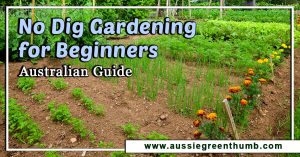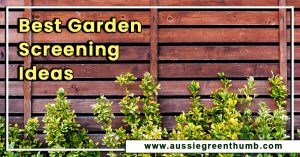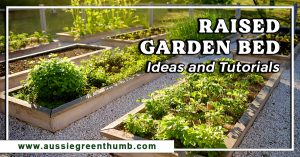What is a Permaculture Garden?
A permaculture garden is a productive and self-contained ecosystem that is built to require very little maintenance. Permaculture gardens are not usually limited to one function but may serve a number of different uses.
Some of the most widespread uses of permaculture gardens are to provide habitats for local wildlife, to grow food and medicine, to produce craft materials, to promote beauty, and to create a haven of rest where its owners may go to relax any day of the year.
More...
By nature, the permaculture garden is generally a small one. Some of the most beautiful and productive permaculture gardens are cultivated in some of the smallest of spaces.
Because of this size factor, every available centimetre must be used wisely and productively. When starting your own permaculture garden, this is an important factor to keep in mind.
Choosing the Location of Your Permaculture Garden
Picking the right location is another important part of starting your own permaculture garden. Select a few suitable spaces and observe each one at three different times of day – morning, afternoon, and evening.
Make sure that the location you select receives at least a moderate amount of sun. Sunlight is an important part of the growth cycle of plants, but too much sun will cause them to wither.
Too much wind can also hinder the growth of your garden, and you may need to build, or better yet, grow a windbreak if your ideal spot receives large amounts of wind. Lastly, make sure the location you choose has easy access to water as you will be watering it quite a bit in its early stages.
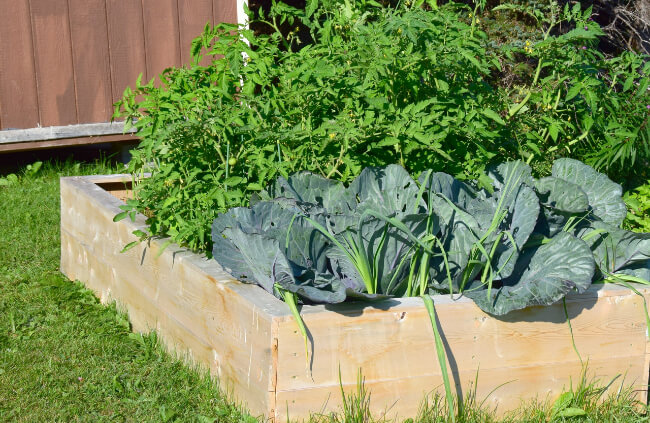
Efficiency of Raised Beds in Permaculture Gardens
One of the best designs for a beginner’s permaculture garden is the raised bed plot. Benefits of raised beds include better air circulation, quicker spring thawing, easier weed control, more efficient usage of water, as well as, of course, easier access, since the garden will be slightly higher off the ground.
A great size to start with is a bed that measures about one metre by three metres. A garden of this size will be able to provide enough vegetables for about two adults. The easiest shape to use is a rectangle, although you should feel free to build your garden in whatever shape you desire.
Many raised bed gardens use a frame measuring about 60 centimetres in height. You can also simply make your raised bed out of a mound of dirt with sloped sides. Before making your frame or mound, cover the area with a layer of cardboard.
Covering the ground with cardboard avoids the hard work of rototilling and is a simple way to keep your garden free of weeds. The cardboard will slowly decompose and disappear after it has fulfilled its purpose.
If using a frame, fill it half full of soil to around the 30-centimetre mark. You will need the extra space to continue to add mulch and compost over the next few years. The soil you use should be dark and loose with low clay content. If possible, add a healthy amount of earthworms to help keep your soil healthy.
See our compilation of raised garden beds for more options to choose from.
Water Usage
The best permaculture gardens are those that find ways to economise on their water usage. Set up a rain barrel under your gutter to catch extra water run-off from your roof and use it to water your garden. Rainwater has many delicious nutrients that your plants will love.
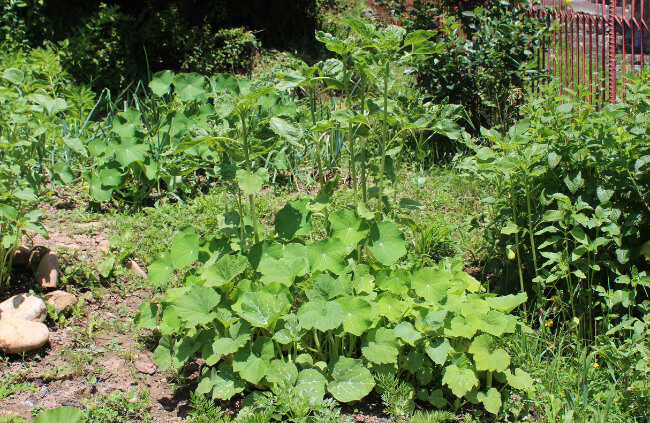
Selecting the Right Plants for a Permaculture Garden
Select plants for your garden that serve the various purposes you have in mind for the garden. When selecting your plants, make sure to choose varieties that grow well together and that are able to harmonise with each other.
Because permaculture gardens are supposed to require as little maintenance as possible, plant a few herbs that are known for deterring pests and a few that attract helpful insects. You can plant a few varieties for the strict purpose of improving your soil, a few to make it look beautiful, and a few specifically to grow vegetables for your consumption.
Published on June 5, 2023 by Gary Clarke
Last Updated on November 12, 2023

